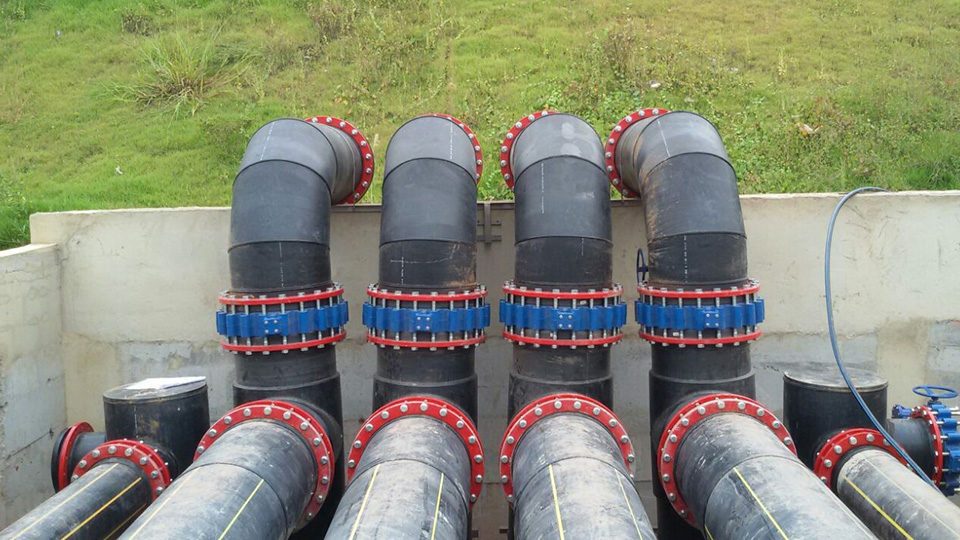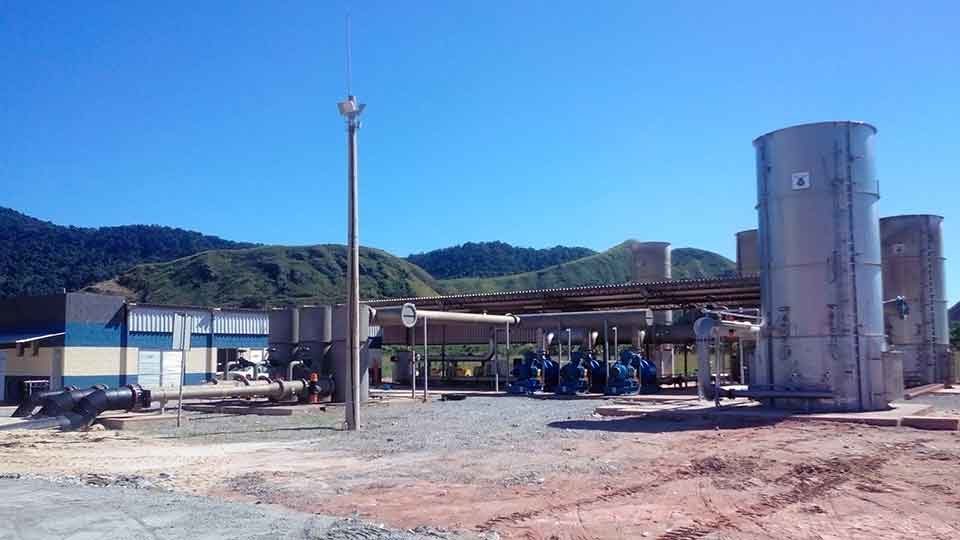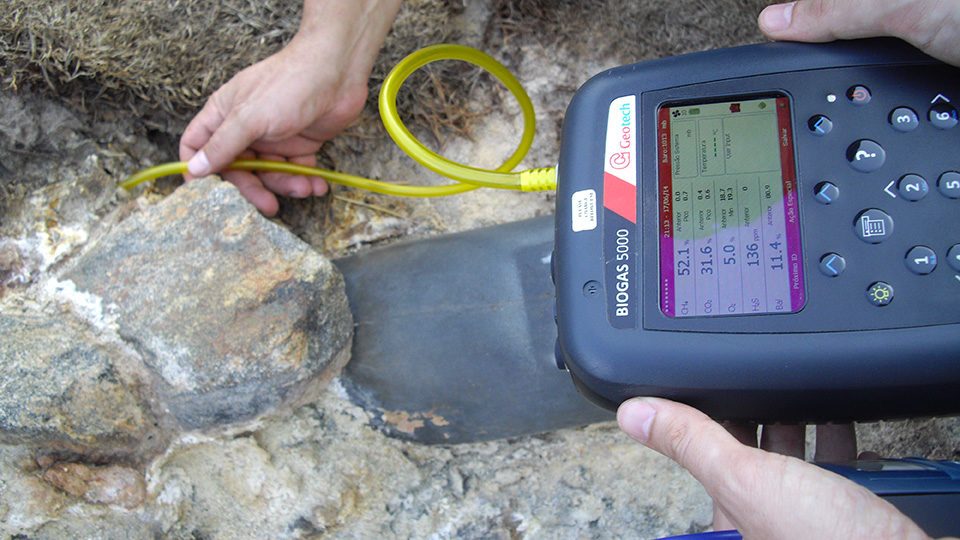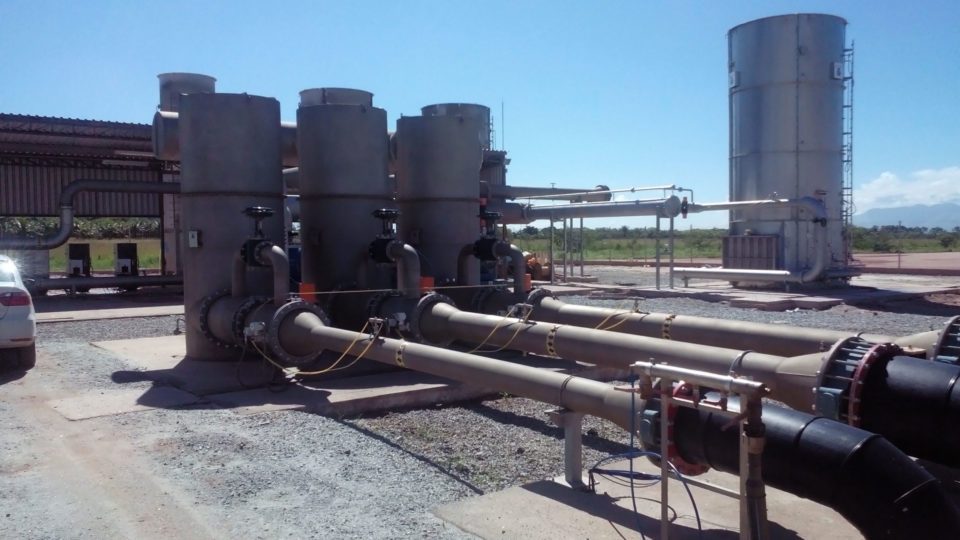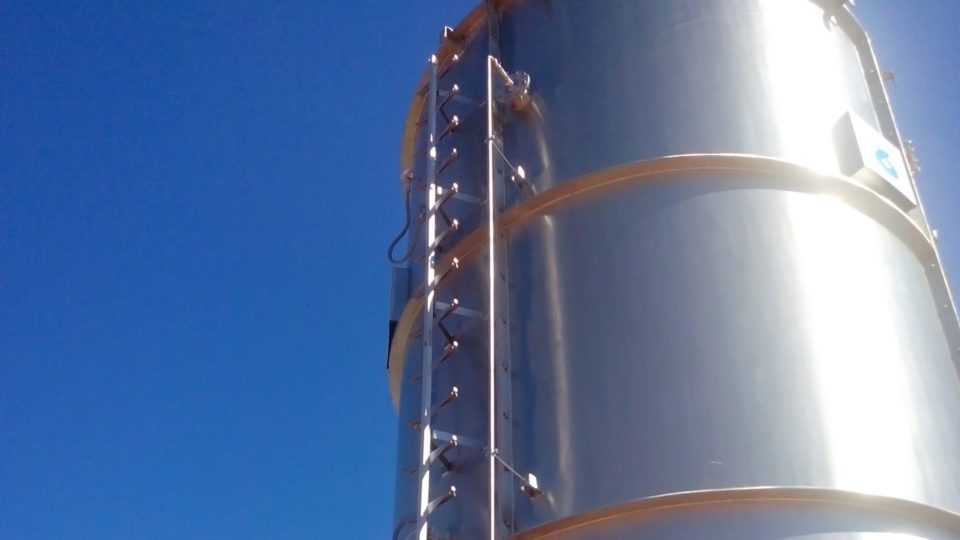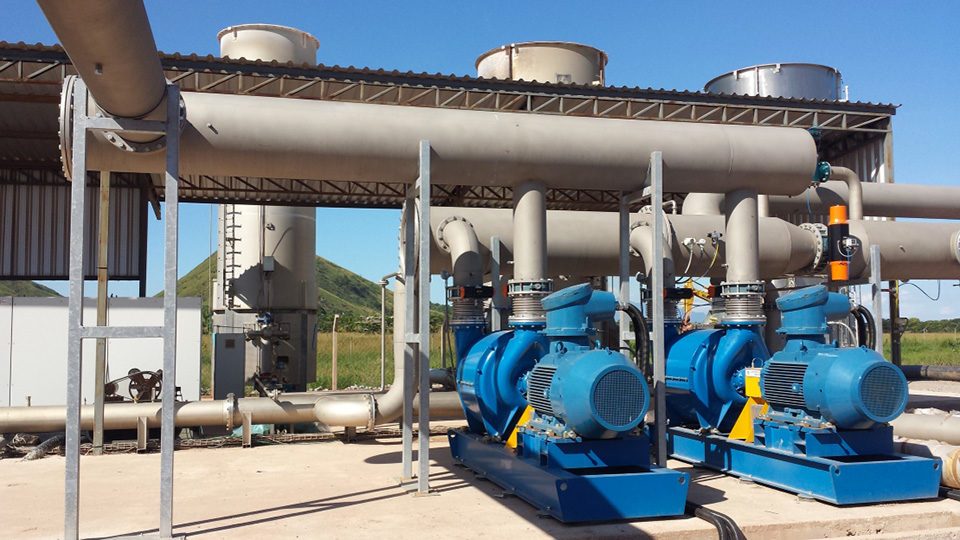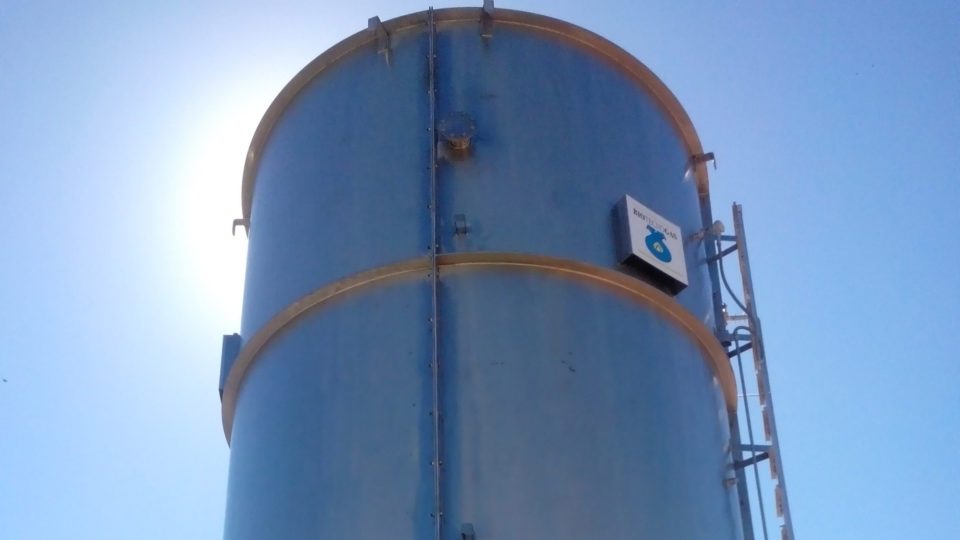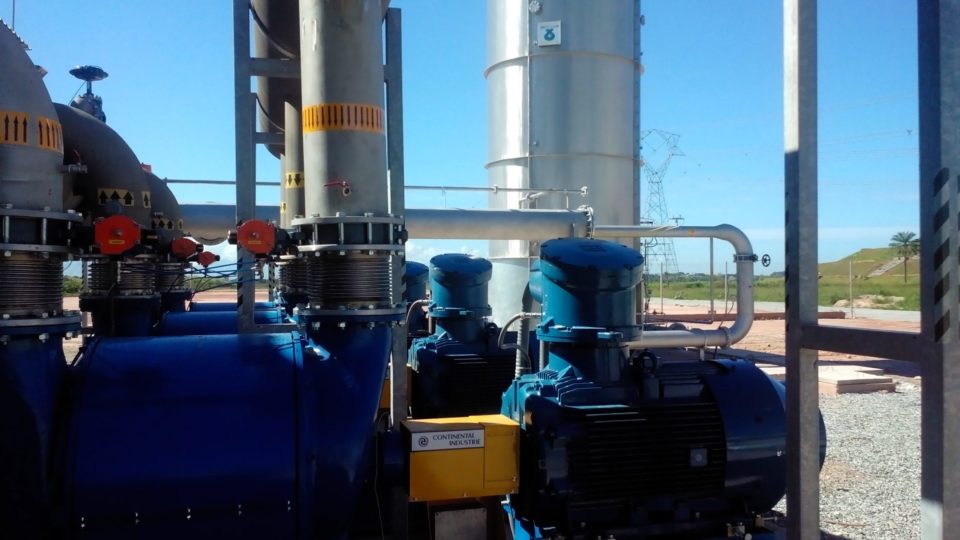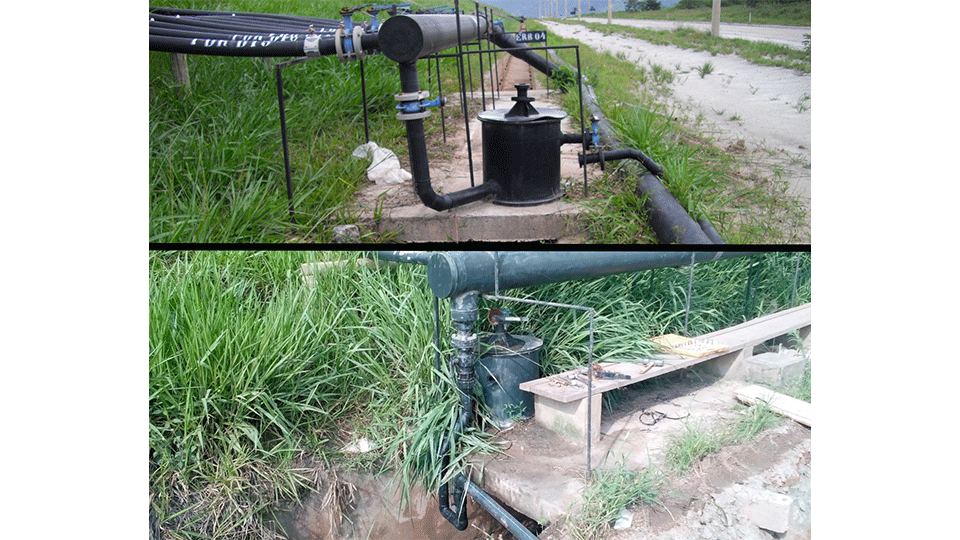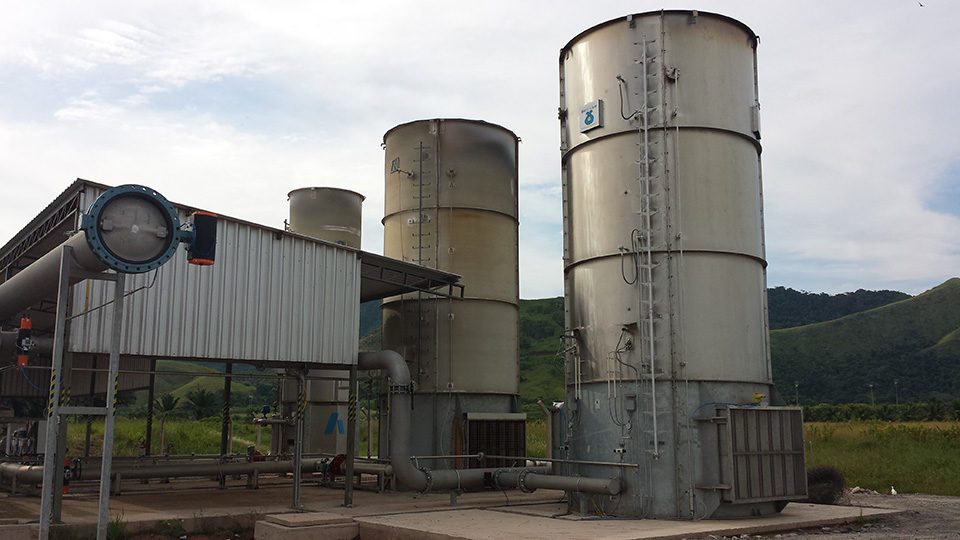EXTENSION OF THE FACILITY
April 2017 – In line with the landfill extension stages and the related increase in the amount of extractable biogas, the first extension of the biogas plant was made in conformity with the project for the whole system. A new extractor-compressor da 7,500 Nm3/hr and a new flare of 5,000 Nm3/hr were installed in addition to the supervision system. This extension led to a total intake-compression capacity of 22,500 Nm3/hr and a total combustion capacity of 17,500 Nm3/hr.
July 2021 – In line with the landfill extension stages and the related increase in the amount of extractable biogas, the second extension of the biogas plant was made in conformity with the project for the whole system. A new extractor-compressor of 7,500 Nm3/hr and a new flare of 5,000 Nm3/hr were installed in addition to the adaptation of the supervision system. This extension led to a total intake-compression capacity of 30,000 Nm3/hr and a total combustion capacity of 22,500 Nm3/hr.
October 2021 (forecast) – Following a decision of the plant operator to power it using renewable sources, 2 biogas-fuelled electricity generators. Biotecnogas was commissioned with the supply and installation of the dehumidification section of the biogas diverted to these generators. The new section will be integrated into the existing plant and the supervision system will also be updated as a result. It will have a capacity of 1500 Nm3/hr. It will also be prepared for a possible future expansion of another 1500 Nm3/hr.
